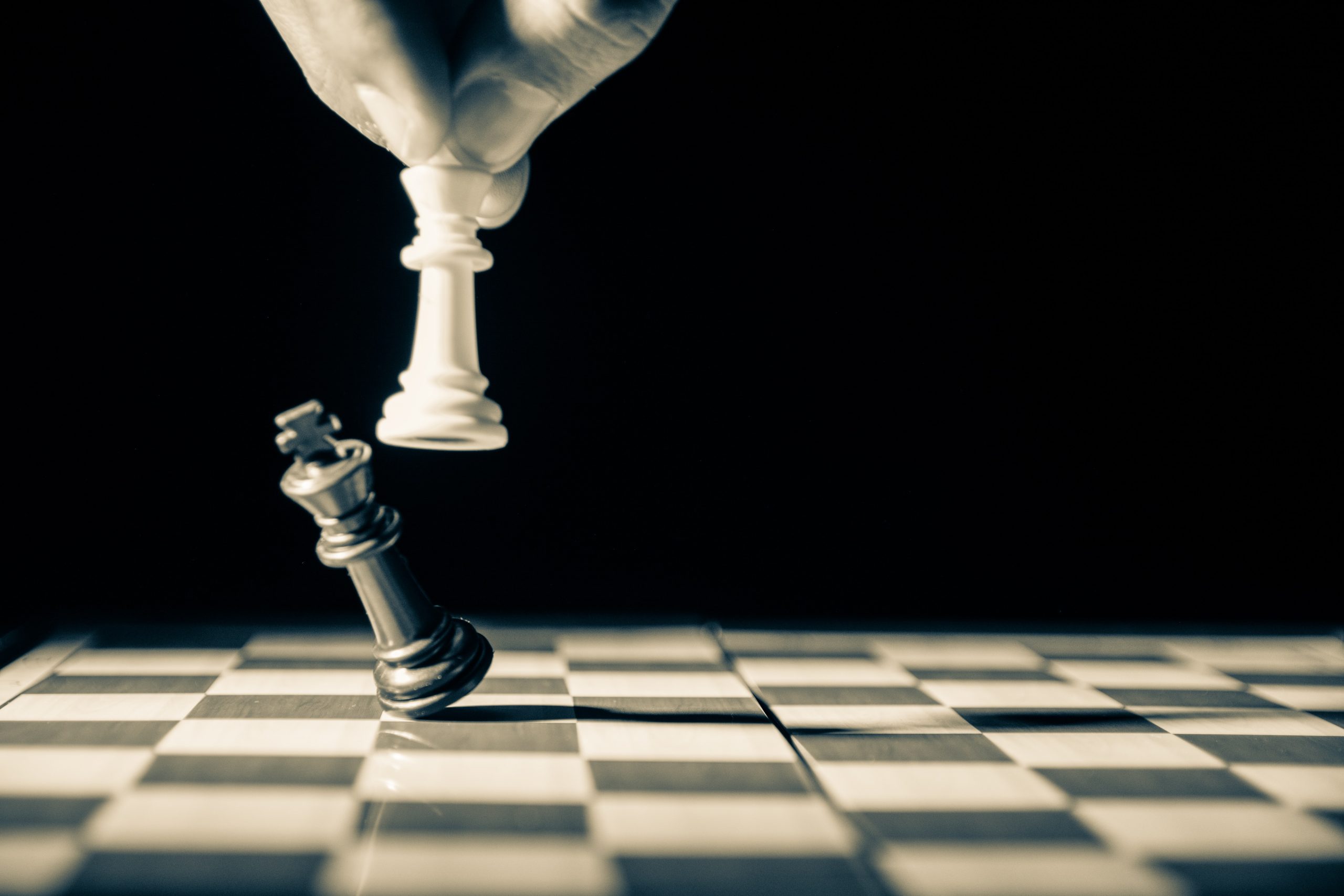The Symbolism of Football
Article By Jim Pang
 As the year ends with Argentina crowned as being the World Cup winners, it brings the 21st World Cup to a close. One that will be remembered for many firsts: the first time the tournament has been hosted in the Arab world, the first time it has been held in a Muslim country, the first ever winter World Cup, the first time women have been allowed to referee in the men’s World Cup tournament.
As the year ends with Argentina crowned as being the World Cup winners, it brings the 21st World Cup to a close. One that will be remembered for many firsts: the first time the tournament has been hosted in the Arab world, the first time it has been held in a Muslim country, the first ever winter World Cup, the first time women have been allowed to referee in the men’s World Cup tournament.
One of the questions that I often hear asked is, “I don’t get it, why is it that so many people get so excited about 22 sweaty men running around after a ball?
What could possibly cause a group of men and women to spontaneously gasp in shock, burst out in explosions of rapture and at the same time hurl pint glasses into the air when a goal is scored. Bizarre, right? These events are full of chants that protest and taunt the opponents and songs that express joy and admiration. And for the losing team we see grown men and women alike reduced to puddles of tears when their team has lost.
To the apathetic it makes no sense, perhaps they even find it slightly unbelievable.
So why the fascination? Sport presents a safe space for competition and conflict. A place to battle through obstacles and overcome trials. This is something that we all understand. Perhaps there is less competition on a daily basis, but conflict and obstacles are always present in life. Whether it is at work, at home with the family, or at school standing up to the bully, deciding what to choose for GCSEs. Or how to get to work if all my trains are cancelled.
The game of football is simple, two teams battle and compete within the same space and must adhere to a set of rules. Score one goal more and victory is yours.
What distinguishes football from life is that football takes place within a pitch – lines which mark the boundaries of a football pitch. Creating a space for the game to take place where the game can take place. And not a millimetre or foot outside the space. The modern game of football has ‘video assistant referee technology’ (VAR) to ensure these rules of football are upheld. Multi-millions of pounds are spent on stadiums – the modern sporting temples where which football is played within this sacred space. Within this space the two goals represent the most sacred part of the pitch for both teams. It is where victory can be achieved if goals are scored or defeat can be inflicted if it is not carefully protected.
And what does the ball represent? Most modern-day sports use some form of spherical shaped ball. Football, Rugby, Snooker, Golf, Tennis etc. The ball represents the ‘centre’. The centre is here and it can be everywhere. In many proto-Indo-European cultures it marks the beginning [1]. The beginning of the game is marked when the ball is kicked from the centre of the pitch. Each time a goal is scored, the ball is returned to the centre, representing the end of a cycle of play, a reset and the beginning of the next period. Every player wants to be connected with the ball and to be at the centre of the action. It represents opportunity and progress. With the ball you have the possibility to create openings, movement, momentum and most importantly score goals.
Scoring a goal represents progress whereby you can evolve your game, give yourself time to think and re-evaluate your strategy.
From a player’s perspective it is important to connect the individual’s centre with the centre of the ball. Only when harmony has been achieved can man and ball be at one, where the ball is at his command.
One of the interesting symbolic aspects of football, and of all sports, is its connection with the eternal conflict, the battle between light and darkness, Yin and Yang, good versus evil. This dance between the two forces is projected through the game of football. Your team are always the ‘good guys’ and your opponents are always seen as the antagonist. The victory of your team represents victory for you. Losing, on the other hand, marks a symbolic death, the completion and end of the conflict. However, the next game is like the phoenix that rises from the ashes. The losing team has another opportunity to rise again, recover from its injuries, adjust its strategy and participate in the eternal conflict again.
For those watching the game, they are not just watching a game. They are ‘in’ the game, ‘playing’ the game. Having the same experience as the players. Scientifically, this is called neuron mirroring, where the person watching the game is firing the same neurons as someone who is playing the game. This was first discovered by Giacomo Rizzolatti and his team in 1992 [2]. This is why, whether you are in the stadium, in the pub or at home watching the game, you feel connected and part of the game – the pain of the opponent’s tackle, the near miss of a goal and more most importantly the joy and satisfaction when your team has scored a goal.
The game of football has touched the hearts and minds of many people around the world and allowed us to unite under the common language of football. But perhaps it’s not just a game but a shared understanding that football means much more, a recognition that it can reflect our daily struggles and give a voice to our inner conflicts that can be expressed in this beautiful game called Football.
Image Credits: By Stanley Morales | Pexels | CC BY PD
The entity posting this article assumes the responsibility that images used in this article have the requisite permissionsImage References
By Stanley Morales | Pexels | CC BY PD
Permissions required for the publishing of this article have been obtained
Article References
[1] en.wikipedia.org/wiki/World_egg [2] grantland.com/features/this-your-brain-sports/




What do you think?